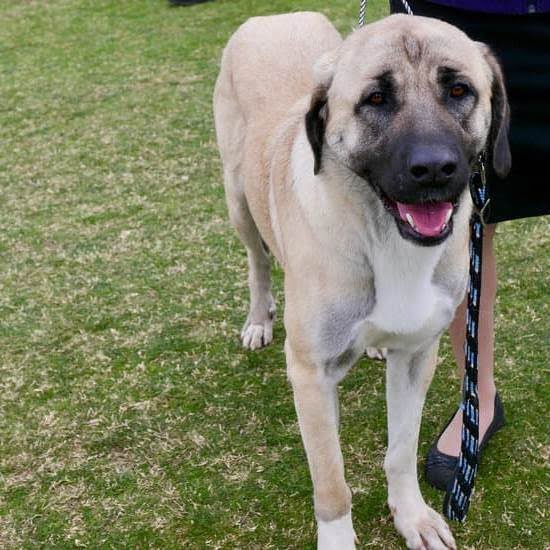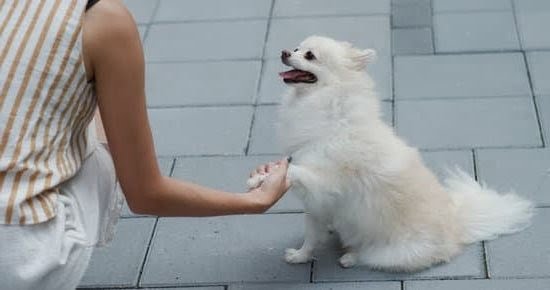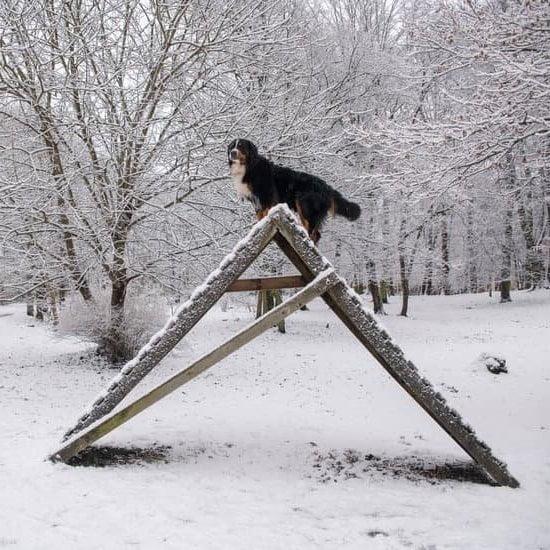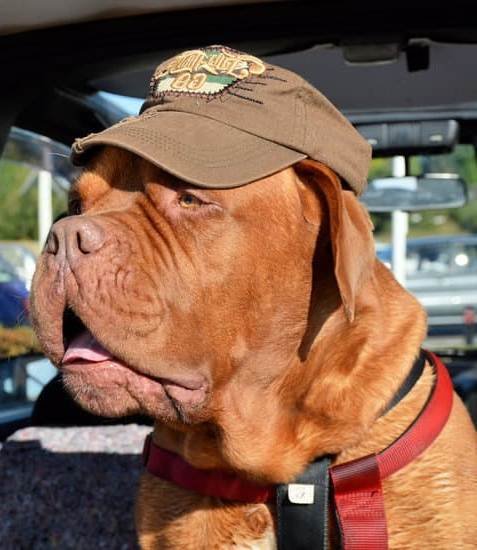Introduction
Training a dog not to potty inside can be a difficult and frustrating task for both the pet parent and the pet itself. The stakes are variable too — from simply having to clean unsightly messes, to risking serious damage to property and furniture due to accidents. Potty training is an important part of introducing a pet into any household, as often times it shapes how well an animal responds in scenarios of distress or excitement due to the nature of impulse control this type of training teaches them. Additionally, pottying inside can become a habit that is difficult for pets and pet parents alike to break. Understanding the severity of this issue should be the first step in beginning the potty training process.
Seeking Professional Help
Training a dog not to potty inside your home can be challenging, but it is possible. It might take time and patience to get the desired result, but with consistency and the right approach you will be able to teach your dog good house manners.
The first step in training a dog not to potty indoors is seeking professional help from certified trainers or behaviorists. Not all training methods suit to each individual animal which is why research should be done in order to find out the best approach that fits both you and your pup’s needs. Make sure to ask questions about different types of training such as positive reinforcement, clicker training, operant conditioning, etc. Keep in mind that certified trainers are likely more knowledgeable about canine behavior than any other person and are less likely to use outdated methods.
Once you choose a suitable approach for your pup it is essential that you stick with it consistently. Taking them outside before leaving the house and after meals, getting them rewarded with treats when they behave well and disciplining appropriately when necessary can help reinforce the message that it’s unacceptable to potty inside the house. Different tools such as bell or command words associated with going outside should also be used in order for your pup to become accustomed with this routine.
Lastly, when deciding where and when should take your dog outside for their business sessions bear in mind that puppies tend learn quicker than adult dogs as they can include new behaviors more easily due to their short attention span; therefore adequate training sessions shouldn’t last too long (around 15 minutes), being regularly repeated in order for the dog absorb successfully all information received. Additionally, specific places should be chosen depending on how much privacy there is – avoiding parks or other noisy areas – since distractions could lead puppies into forgetting their area etiquette rules faster than expected.
Establishing a Consistent Potty Training Routine
It is important to establish a consistent potty training routine every day in order to help train your dog not to potty inside. Try to take your dog outside at the same times each day and provide them with incentives such as treats or verbal praise when they go to the bathroom successfully outdoors. In addition, plan on taking your dog out extra often if they are still a puppy or after meals, since puppies will generally need more frequent trips outside and canine digestive systems work very quickly. Keeping a consistent schedule should help establish good potty habits in your pup and discourage them from going inside.
Effective Clean-up Protocol
Cleaning up messes is an important step for training your dog not to potty inside. Before starting the training, you should equip yourself with the appropriate cleaning supplies and be prepared in case an accident happens. Start by purchasing a cleaner that is specifically made for pet messes as this will help to neutralize any odors left behind from the accident. Make sure the product has enzymes or natural bacteria as these ingredients break down organic matter, which can help prevent your dog from being attracted back to the spot. In terms of cleaning technique, make sure to scrub any affected area thoroughly and make use of a stiff brush if necessary. Be aware that some surfaces may need extra attention so make sure you use several paper towels or cloths when working on it. If your dog’s accident was more liquid-based, you might find it helpful to invest in a water extractor or wet vacuum cleaner – this can help remove moisture from carpets and flooring quickly and effectively without too much effort. Finally, be prepared for any accidents by storing a few extra supplies such as cleaners and paper towels near where your pet spends most of their time – this way you won’t have a mad scramble when something does happen!
Managing Emotions
Training a dog not to potty inside can be a difficult task. However, with patience, consistency, and positive reinforcement it’s possible to get your pup to become housebroken. The key is to manage expectations and give your pup lots of positive affirmation.
Start by identifying the reasons why your pup is having difficulty learning not to potty indoors. You’ll need to adjust your training plan accordingly. Do they have separation anxiety or are they young? Puppies have smaller bladders and need frequent potty breaks when compared to older dogs.
Once you figure out what’s causing the issue, create a plan that fits their individual needs and reset expectations. If necessary, start off with shorter periods of confinement while they are adjusting to the updated rules. Be sure to provide plenty of praise and treats when they obey the new rules so that they associate being rewarded when outdoors with eliminating waste indoors.
To further prevent accidents inside, try setting up rewards-based weekly games like playing tag outside before meals or taking them on short walks throughout the day as little reminders that it’s time for them do their business outdoors rather than inside. Make sure you continue showing lots of affection even if mistakes are made along the way so your pup associates their behavior with the correct expectations rather than negative emotions. With enough patience and consistency, your furry friend will eventually learn proper potty etiquette and acknowledge it as part of their routine!
Troubleshooting
When your pup refuses to potty outside, it’s important to identify the possible cause and create a solution that works for you and your pup. Possible causes of refusal may include fear of the environment, discomfort with leash-walking, or not understanding what is expected of them.
To address fear of the environment, you can start by introducing your pup to their potty spot gradually, making sure they do not experience anything scary when they are out there. For instance, if the outside is noisy with cars driving by, you can move further away until your pup is comfortable enough to go to their designated area and do their business without becoming stressed. If your pup is uncomfortable with leash-walking, try creating more positive reinforcement opportunities as soon as they show signs of comfort while walking on a leash outside. Finally, make sure that you always use the same command words with the same hand gesture when teaching them to go potty outside so that your pup knows exactly what is expected from them.
By troubleshooting potential causes of failure in a systematic way and addressing each one with specific solutions, you can help make potty training easier for both you and your pup!
Conclusion
A dog potty training success requires patience and consistency from the owner. Consistently following these steps will help you to train your dog not to potty inside. Remember to reward successes, remain calm for setbacks, and reinforce your training often by re-visiting sessions if necessary. With the right attitude and the proper techniques, your dog will soon be able to stay clean inside the house.
Celebrating success is an important part of successful dog potty training. Rewards and positive reinforcement can go a long way in motivating your pup to use the potty outside. This could be as simple as giving extra attention or a treat when they do so. It is important to give praise and rewards at the right time in order for your pup to associate it with their accomplishment of using the potty outside rather than inside.
It is equally important to remain calm if there are setbacks during the process. Learning how to control behavior without punishment but rather positive reinforcement through rewards will help build trust between you and your pup on how you expect them act around different situations. If accidents occur, try gently redirecting your pup back outside with words of encouragement and refrain from disciplinary action – positively reminding them that outside is where they should go can help create new routines for them moving forward. Lastly re-visiting techniques frequently during the process can help ensure that all parties involved are on track..

Welcome to the blog! I am a professional dog trainer and have been working with dogs for many years. In this blog, I will be discussing various topics related to dog training, including tips, tricks, and advice. I hope you find this information helpful and informative. Thanks for reading!





